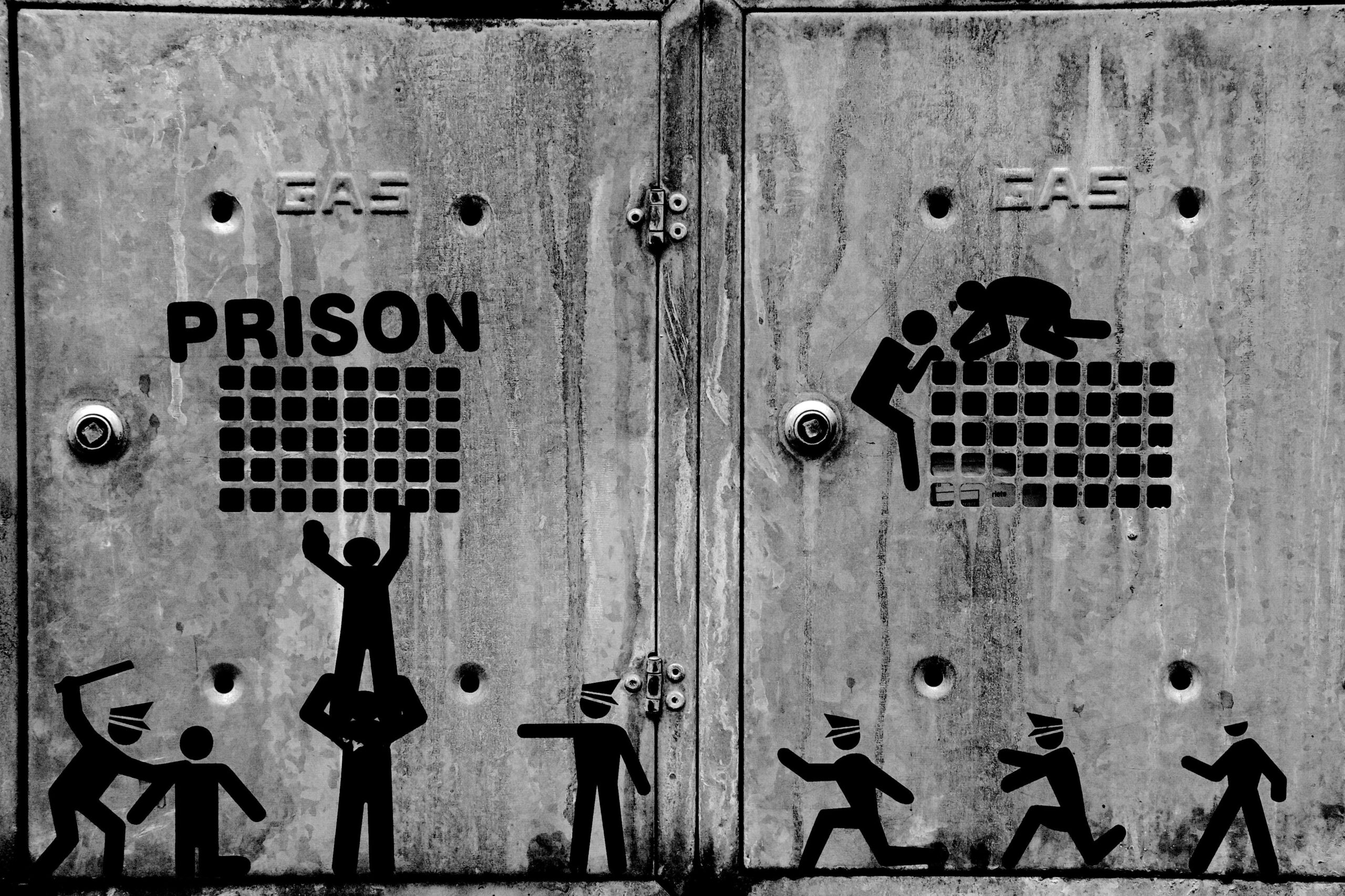Ever wondered how criminals manage to stash away stacks of cash without raising too many eyebrows? It turns out, some of the sneakiest hiding spots are right in plain sight—inside legit businesses. From bustling restaurants to quiet retail shops, these everyday enterprises can double as clever covers for hiding illicit money. In this article, we’ll dive into the intriguing world of money hiding tactics, exploring the clever methods criminals use to blend illegal cash flows with legitimate business operations. Ready to uncover some surprising tricks? Let’s get started!
Table of Contents
- Exploring Common Methods Criminals Use to Conceal Cash in Everyday Businesses
- Behind the Scenes of Money Laundering in Legitimate Companies
- Spotting Red Flags and Unusual Financial Patterns in Small Businesses
- Practical Steps Business Owners Can Take to Protect Against Hidden Cash Schemes
- Future Outlook
Exploring Common Methods Criminals Use to Conceal Cash in Everyday Businesses
Criminals often exploit the mundane nature of everyday businesses as a smokescreen for hiding illicit cash. One particularly clever tactic involves underreporting sales while pocketing the difference in cash. This can be done in stores with high cash traffic where cash transactions aren’t meticulously tracked. Additionally, they may inflate expenses or create fictitious supplier invoices to justify cash outflows, effectively camouflaging the dirty money within legitimate bookkeeping. Another subtle method is mixing illegal cash with daily business takings and then depositing smaller amounts over time to avoid raising suspicion from banks or authorities.
Physical concealment also plays a role in these schemes. Cash might be hidden in unusual places right on the business premises—inside unopened product boxes, beneath floorboards, or even taped underneath counters. In some cases, money is cleverly stashed in the cash register, disguised as legitimate receipts or bundled with genuine notes. These tactics exploit the trust placed in certain business environments where routine inspections are rare or superficial. The blend of financial trickery and physical concealment makes detecting hidden cash a complex puzzle for auditors and law enforcement alike.
- Skimming cash from sales and underreporting revenue
- Manipulating expense records and supplier contracts
- Small, repeated cash deposits to avoid detection
- Hiding cash in product packaging or behind fixtures
- Disguising illicit money as legitimate business funds
Behind the Scenes of Money Laundering in Legitimate Companies
Criminals often embed illicit funds within the financial flows of legitimate businesses to blur the lines between legal and illegal money. This subterfuge typically involves complex layering strategies where cash proceeds from unlawful activities are disguised through multiple transactions. Companies in cash-intensive industries—such as restaurants, car washes, or retail stores—are prime targets because their routine operations naturally involve regular cash deposits. By mingling clean and tainted money, perpetrators create a seamless financial façade that can mystify even seasoned auditors. This process often involves:
- Inflating sales figures to justify surplus cash
- Employing shell companies to circulate funds
- Using false invoicing to rationalize payments
Beyond straightforward tactics, some offenders develop intricate, covert networks to funnel dirty money through legitimate channels. These may include manipulating accounting records or exploiting the trust of insiders who facilitate suspicious transactions unknowingly or deliberately. The sophistication increases with the use of cross-border transfers, layering assets in multiple jurisdictions to further complicate detection. Ultimately, understanding these hidden mechanisms is vital for safeguarding businesses and financial ecosystems from becoming unwitting accomplices in money laundering schemes. Vigilance, combined with advanced forensic accounting, is crucial to dismantle these shadow operations and protect economic integrity.
Spotting Red Flags and Unusual Financial Patterns in Small Businesses
Small businesses often fly under the radar, making them attractive for illicit cash flow concealment. One key indicator to watch out for is inconsistent revenue reports, such as sales figures that don’t align with inventory usage or supplier purchases. Equally suspicious are sudden spikes in cash deposits without clear justification or the presence of multiple small cash transactions designed to avoid detection thresholds. Unusual expense patterns—like frequent, large, or unexplained withdrawals and payments to unknown vendors—can also signal attempts to funnel “dirty” money through legitimate operations.
To dive deeper, consider these subtle red flags:
- Inventory discrepancies: Inventory levels that don’t match sales or purchases might indicate goods are being used as a cover for money laundering.
- Excessive use of cash: While common in some sectors, disproportionate cash handling in a digital age should raise questions.
- Irregular accounting entries: Frequent adjustments, reversed transactions, or vague explanations often mask illicit activities.
- Related-party transactions: Deals conducted between businesses owned by the same individuals might be used to disguise true cash flows.
Understanding these patterns is crucial for identifying when a seemingly legitimate business might be hiding a financial story far darker than their storefront suggests.
Practical Steps Business Owners Can Take to Protect Against Hidden Cash Schemes
Staying vigilant starts with a solid foundation of transparent financial practices. Business owners should implement comprehensive cash management systems that include daily cash reconciliations and surprise audits. Encouraging a culture of accountability among employees, where multiple individuals are involved in cash handling, greatly reduces opportunities for concealment. Embracing digital point-of-sale (POS) systems that track every transaction can also illuminate discrepancies quickly, making it far more challenging for illicit activities to fly under the radar. Don’t underestimate the power of regular training sessions to educate your team on the signs and risks of hidden cash schemes—knowledge is your first line of defense.
Beyond internal controls, forging strong relationships with trusted financial advisors and accountants is crucial. Professionals can provide an extra layer of scrutiny, helping spot irregularities in tax filings or unusual cash flow patterns. Business owners should also consider investing in forensic accounting tools or services to periodically delve deeper into financial records. On the operational side, consistent inventory tracking and comparison against reported sales can reveal discrepancies that hint at hidden cash maneuvering. Ultimately, merging technology, meticulous oversight, and expert insight creates a fortress hard for criminals to penetrate.
- Implement segregation of duties for cash handling and record-keeping
- Use real-time digital sales tracking with integrated reconciliation features
- Schedule regular, unannounced audits focusing on cash flow and inventory
- Maintain a consistent record of supplier and vendor transactions to detect anomalies
Future Outlook
As we peel back the layers on how criminals hide cash within legitimate businesses, it becomes clear that appearances can be deceiving. From inflated sales to cleverly masked expenses, these tactics exploit the very systems meant to keep commerce transparent. While the mystery of these methods is intriguing, it also serves as a reminder of the importance of vigilance and strong financial oversight. So next time you pass by a seemingly ordinary business, remember: sometimes, the quietest places can be hiding the most interesting stories. Stay curious, and keep questioning the world around you!










